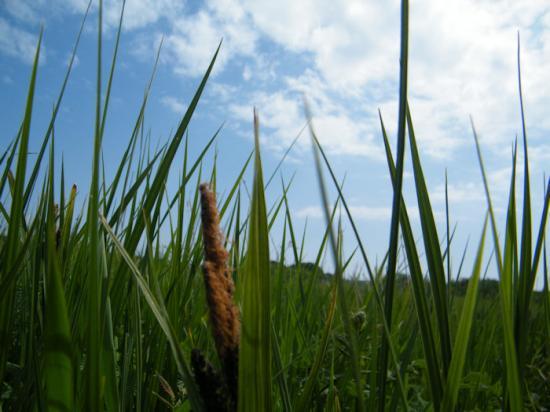The Axiophytes and Habitats in Caithness by Ken Butler
30th June 2013

A newly published work available as a Pdf has been produced by Caithness plant recorder Ken Butler who has for many years compiled data and photographs of Caithness plants and their habitats.
His latest work "The Axiophytes and Habitats in Caithness" has been pubished in Pdf format on the web site of the Botanical Society of the British Isles. The URL for the file is
http://bsbi.org.uk/Axiophytes_of_Caithness.pdf
The BSBI web site explains Axiophites as follows -
* Axiophytes are �worthy plants� - the 40% or so of species that arouse interest and praise from botanists when they are seen. They are indicators of habitat that is considered important for conservation, such as ancient woodlands, clear water and species-rich meadows.
* They are not the same as rare plants: species that have only ever been recorded in one or two sites in a county are often just chance occurrences, and have little ecological (or statistical) significance.
* Lists of axiophytes provide a powerful technique for determining conservation priorities. Sites with many axiophytes are usually of greater importance than those with fewer; and changes in the number of axiophytes in a site over time can be used for monitoring the outcome of management practices.
For more information got to the BSBI web site at http://bsbi.org.uk/
In his introduction Ken Butler says -
"Axiophytes are �worthy plants�: that is, they are the 40% or so of species that draw the attention of a botanist because they are indicators of a �worthy�habitat, or of a rich biodiversity. Lists of axiophytes provide a powerful method for assessing the biodiversity value of a habitat�s plant population. Sites with many axiophytes are often (but not always) of greater importance than those with fewer. Modern methods of survey and data management make it increasingly practical to use such methods for conservation and assessment of habitat condition. This document is intended to support such purposes. 243 of the species in Caithness have been selected as axiophytes and they are listed in Annexe 1."
This guide to Caithness plants is a useful guide for many reasons to any one interested in plants in the county.
On a recent outing organised by the Highland Rangers Ken Crossan (well known for his photography) pointed out the Wick river sedge area although he had to admit it was difficult to tell it from the other more common sedge. The photo with this item was taken by Bill Fernie on that outing to see how to take photographs of plants and flowers and is possibly the same one as used by Ken in his photo at the top of his report.



